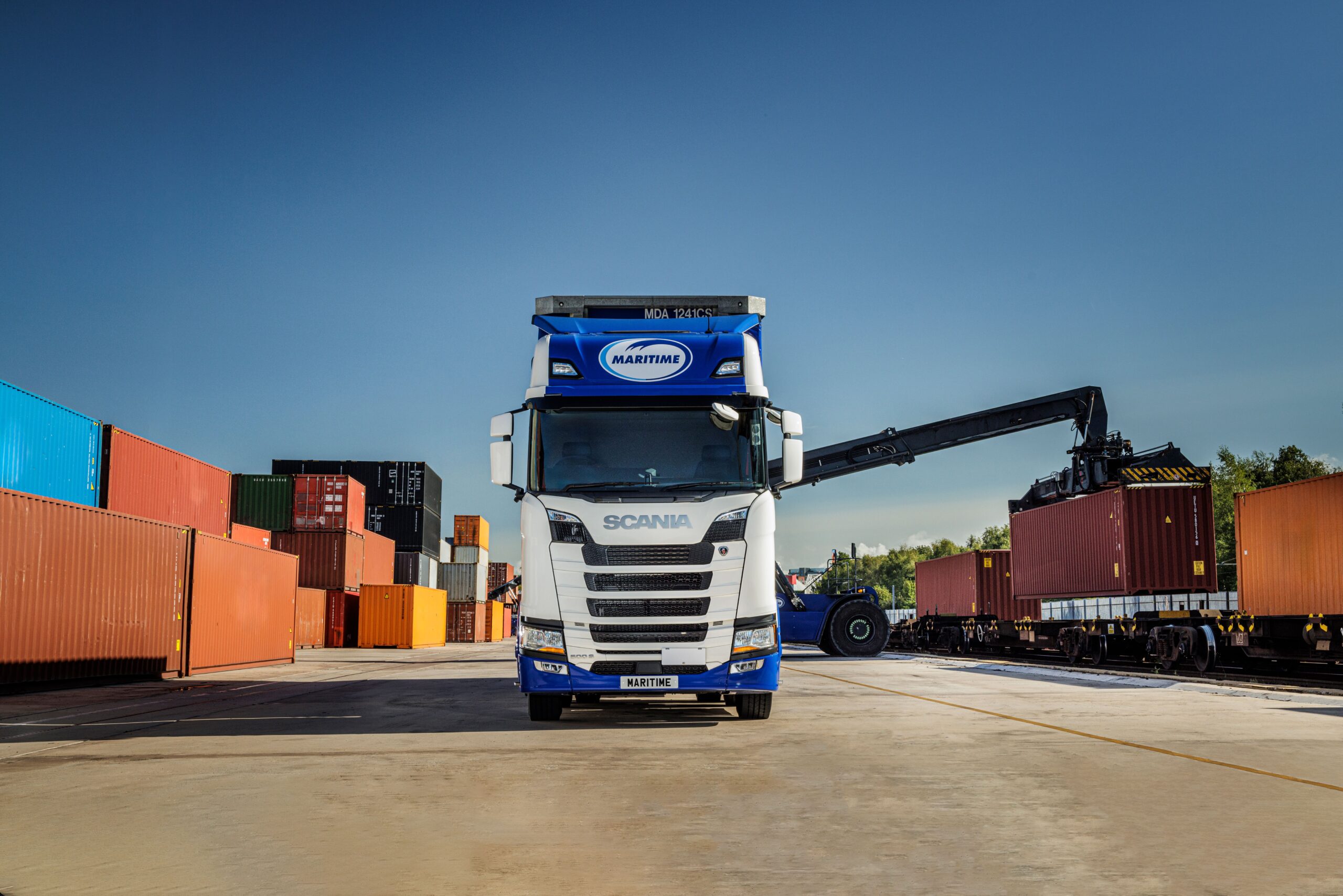The replacement A40 Neuenkamp Duisburg Bridge, currently under construction in Germany, will support the future prosperity of the industrial Ruhr region by widening this crucial highway over the Rhine. The landmark project is being supported in part by Stromag, which supplied retractable rail clamps to fit the KM Kümsan overhead cranes lifting the large prefabricated bridge sections into position.
The original A40 Neuenkamp Duisburg Bridge was completed in 1971. Designed to carry 30,000 vehicles a day from the A40 autobahn, in recent times the bridge has had to cope with up to 110,000 a day, including a large quantity of trucks . With this increased usage, and following multiple structural repairs, Germany’s motorway authority has embarked on a €340m project to replace the aging bridge with a new eight lane 802m-long cable stayed bridge. When complete, it will be the longest in the country. The 71m-high structure will offer the capacity to carry up to 150,000 vehicles a day with a design life of up to a century, helping to support future economic growth in the area.
The need for cranes
An innovative construction method has been employed to minimise disturbance to road and river traffic. The first span of the new bridge will be built alongside the original, with prefabricated sections moved into position across the river. The original bridge will then be dismantled and replaced with a second span. Finally, the first span will then be ‘slid’ sideways to sit closely to the second span. This allows road traffic to continue to cross the river during the project.
This construction process relies on the use of large prefabricated steel sections which are assembled and lifted into position by overhead cranes running on rails. Leading crane manufacturer KM Kümsan Cranes, together with project developer OVM Engineering GmbH, was ordered to provide four 50t, 32m span capacity gantry cranes to support the bridge building production process. To ensure that the cranes stayed in position on the rails during operation and parking, the OEM contacted Stromag to provide retractable rail clamps for reliable braking performance.
A rail clamp expert
Rail clamps, also known as storm brakes, generate holding force at the crane rails to prevent uncontrolled movement of the crane due to gusts of wind. It is imperative that rail clamps offer reliability, a stable brake friction coefficient and can operate in a wide variety of conditions.
Stromag, a leading brand of Altra Industrial Motion Corp., is a global provider of power transmission solutions to the crane sector, with a specialty in heavy-duty braking technology. The business provides a range of storm brakes to meet varying overhead crane requirements, offering the capability to provide bespoke designs to meet specific needs.
Ünver Ünlü, Business Development Manager at Stromag, adds: “We recommended oversized RRBS retractable rail clamps with in-built Hydraulic Power Packs (HPUs) to KM Kümsan for use on the cranes. To adhere to the bridge construction schedule, it was important that we could provide the multitude of clamps within a tight schedule. We were able to deliver the customised units to KM Kümsan ahead of time and exactly to specification, ensuring that construction work could begin smoothly.
“Our rail clamps offer high power density in operation, with forces ranging from 100kN to 1200kN. Frictions pads are designed and arranged to provide a stable brake friction coefficient across a range of temperatures, which ensures consistent performance in varied environments.”
Tailored designs
“Rail clamp designs are tailored to offer up to 50mm vertical and horizontal float to meet the needs of curved rails, which means an optimum solution for each application,” Ünver continues.
“For retrofit projects, we even can dial in float to accommodate rails that have become squashed and ‘mushroomed’ over prolonged use. We also have the ability to manufacture rail clamps with special bolt patterns to fit crane OEM designs. This flexibility to provide designs that are specialised to maximise performance means our rail clamps offer the utmost reliability across varying operating conditions.”
Stromag provides proof of performance for all its rail clamps thanks to extensive in-house testing of designs. The rail profile of each project is replicated in brake tests, ensuring accurate results. This ensures rail clamps will operate exactly as intended once installed.
With construction work on the A40 Neuenkamp Duisburg Bridge expected to be completed by 2026, soon cars and trucks will be able to cross the Rhine easier than ever before, helping to safeguard the future economic growth of the Ruhr industrial zone.







